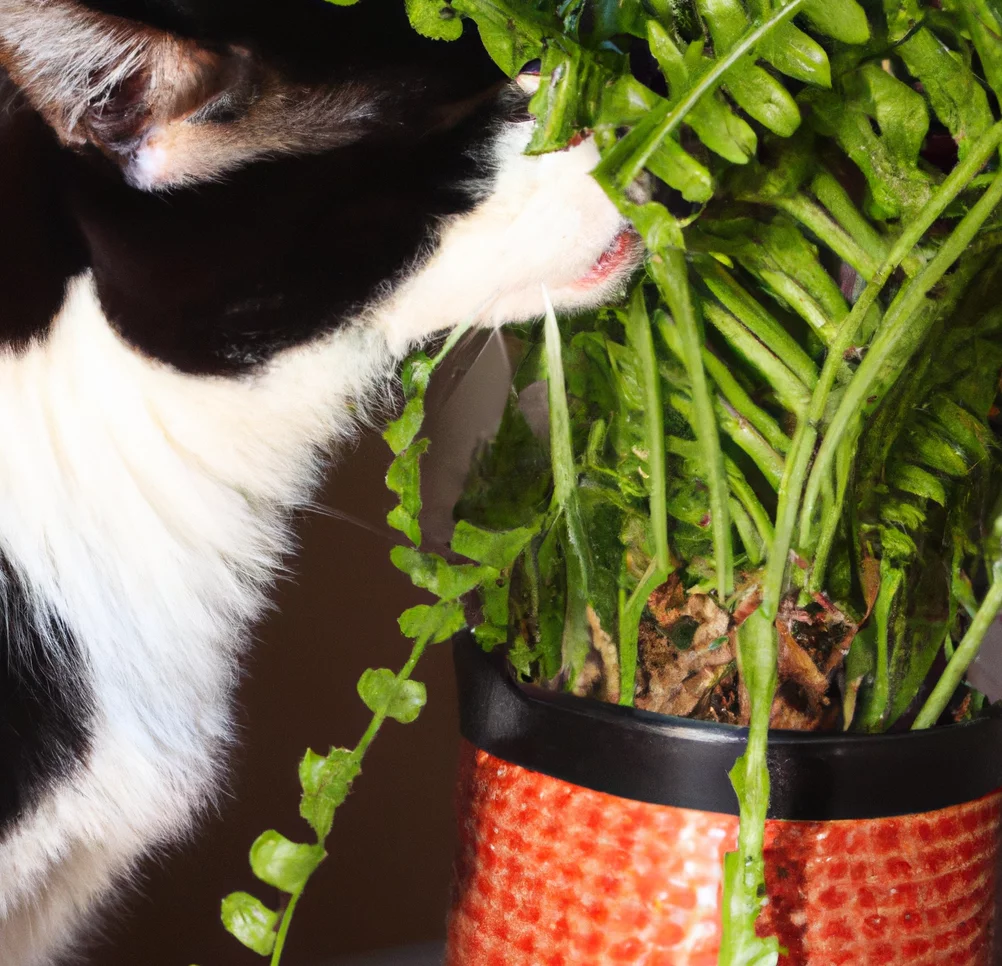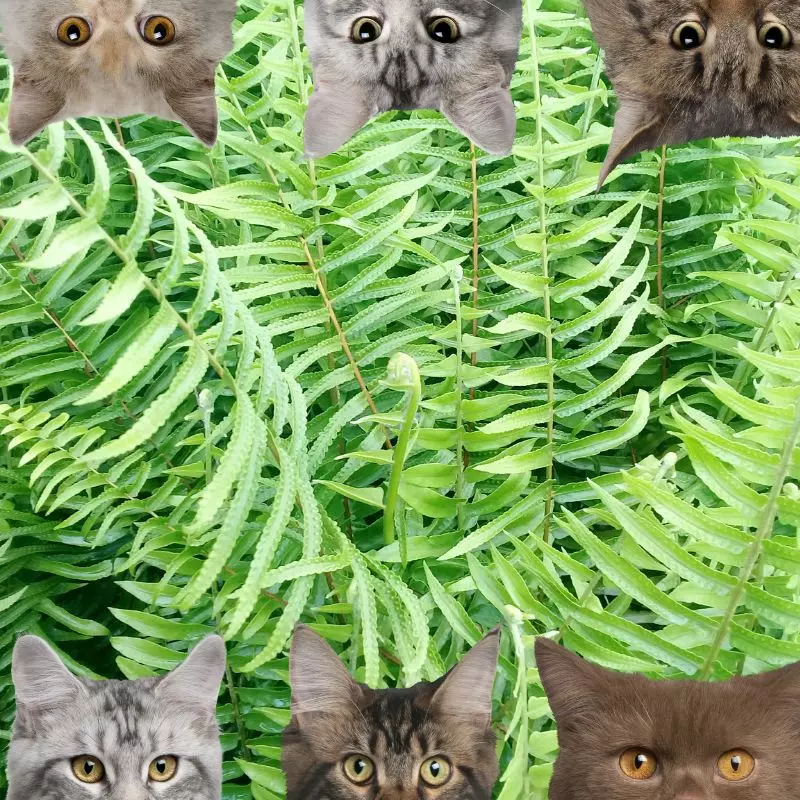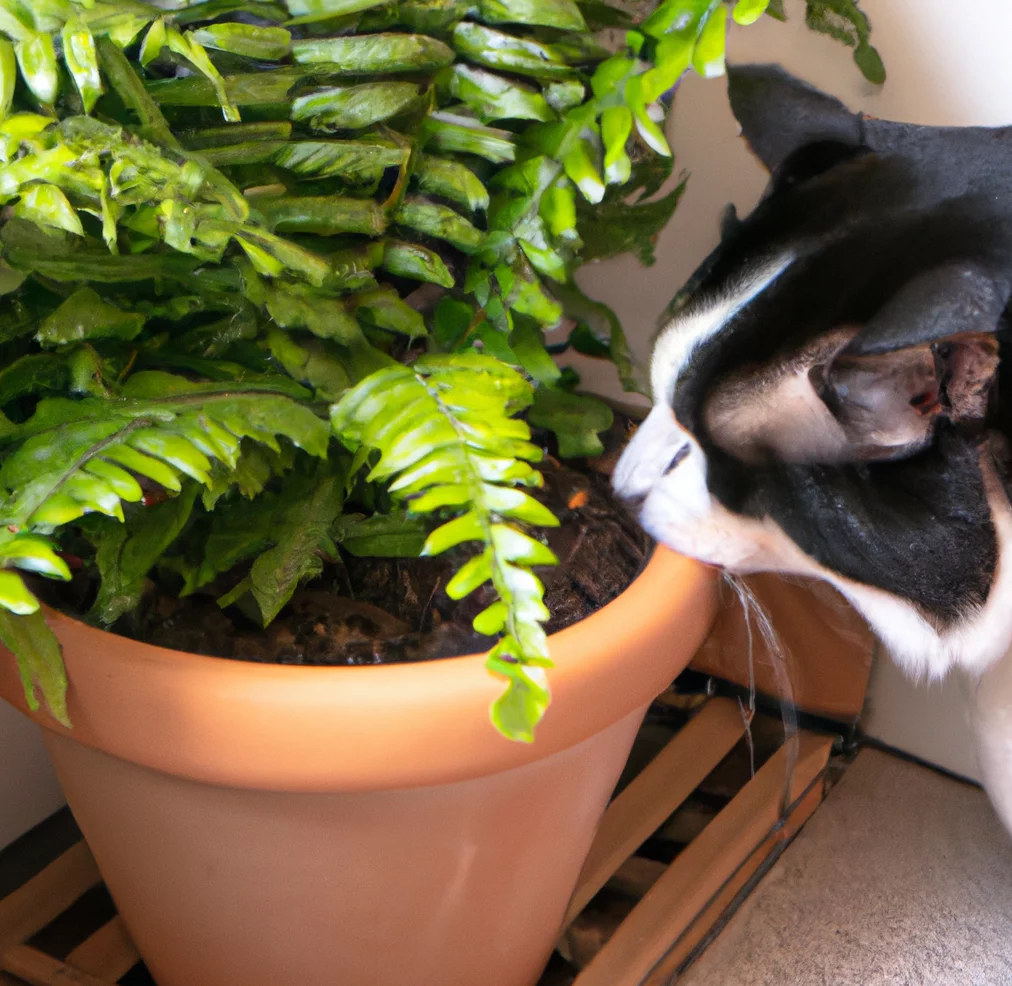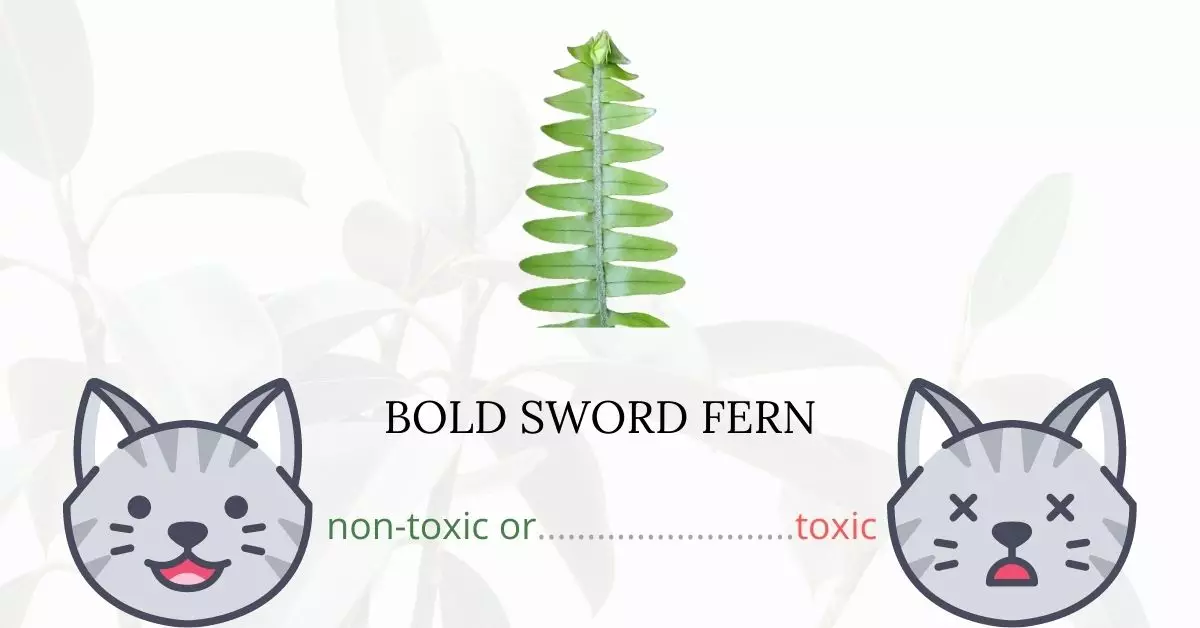Bold Sword Ferns pose no toxicity risk to cats, a relief to pet owners concerned about the safety of their feline companions.
This conclusion is the result of meticulous research and collaboration with a team of esteemed Doctors of Veterinary Medicine (DVMs), ensuring the provision of precise and current information about the potential impacts of various flora, in this instance, Bold Sword Ferns, on cats. This article incorporates insights from reputable sources such as the American Society for the Prevention of Cruelty to Animals (ASPCA) and PetMD, reinforcing the accuracy and reliability of the information provided. According to these high-authority entities, not only are Bold Sword Ferns harmless to cats, but they are also safe for dogs and horses.
This article will delve deeper into this subject, addressing common queries from cat owners, particularly focusing on the implications for cats who may consume Bold Sword Ferns. Through this comprehensive exploration, we aim to allay any lingering concerns pet owners might harbor regarding the interaction between their cats and these particular ferns.
Can Cats Eat Bold Sword Fern?

Yes, cats can eat bold sword fern without suffering from major health consequences.
Don’t be alarmed if your cat eats or spits out bold sword fronds since, as previously said, they are typically harmless plants. Although, if your cat ate a significant piece of the plant, it may cause gastrointestinal distress and your plant will typically be damaged.
The gastrointestinal distress is caused by the cats’ lack of enzymes to properly digest plant materials. Cats are generally carnivorous animals so eating plants is not recommended for them.
Chemicals used in plants, such as pesticides and fertilizers, might have an effect on your cat. If your cat happens to ingest a plant that has toxic residues, it may cause him or her to suffer from poisoning symptoms.
What is Bold Sword Fern?

Bold sword fern is botanically known as Nephrolepis biserrata. Other names for bold sword fern include Crisped Feather Fern, Dallas Fern, Giant Sword Fern, Macho Fern, Roosevelt Fern, Sword Fern, Tall Feather Fern, Verona Fern, Verona Lace Fern, and Whitman Fern.
It’s a tropical fern that can only be found in Florida, the West Indies, Central America, South America, Africa, and Southeast Asia.
It has grayish-brown stipes that are 10 to 50 centimeters long and 4 millimeters broad, as well as brownish-green, papery lamina that are 14 to 30 centimeters long and up to two meters wide. Macho Fern is a common nursery name because of its aggressive growth compared to other ferns.
It may be seen growing in marshes and damp hammocks. It works well as a huge accent groundcover in natural landscapes and habitat restorations. Because this is a tall fern, it should be placed at the back of the garden.
Keeping Cats Away From Bold Sword Fern

Bold sword ferns are a great addition to your gardens. It also adds aesthetic value if used indoors as a houseplant. However, if your felines love to nibble on plants, you should consider putting your bold sword ferns somewhere that they cannot reach.
You may also use natural deterrents such as vinegar. Cats do not like the sour smell of vinegar. Putting materials that cats dislike such as aluminum foils and adhesive tape will also prevent them from touching your plants.
Wrap the foil around your potted plants or place it over your garden soil near your plants to prevent your feline companions from getting near them. Wrapping double-sided sticky tape to your plant pots will also discourage them from scratching the plants.
Plants to Avoid For Your Cats
If you are a cat owner and unsure if the plants growing in your yard are harmful to your cats, check out this list of toxic plants for cats. You can also check our list of non-toxic plants for cats.





